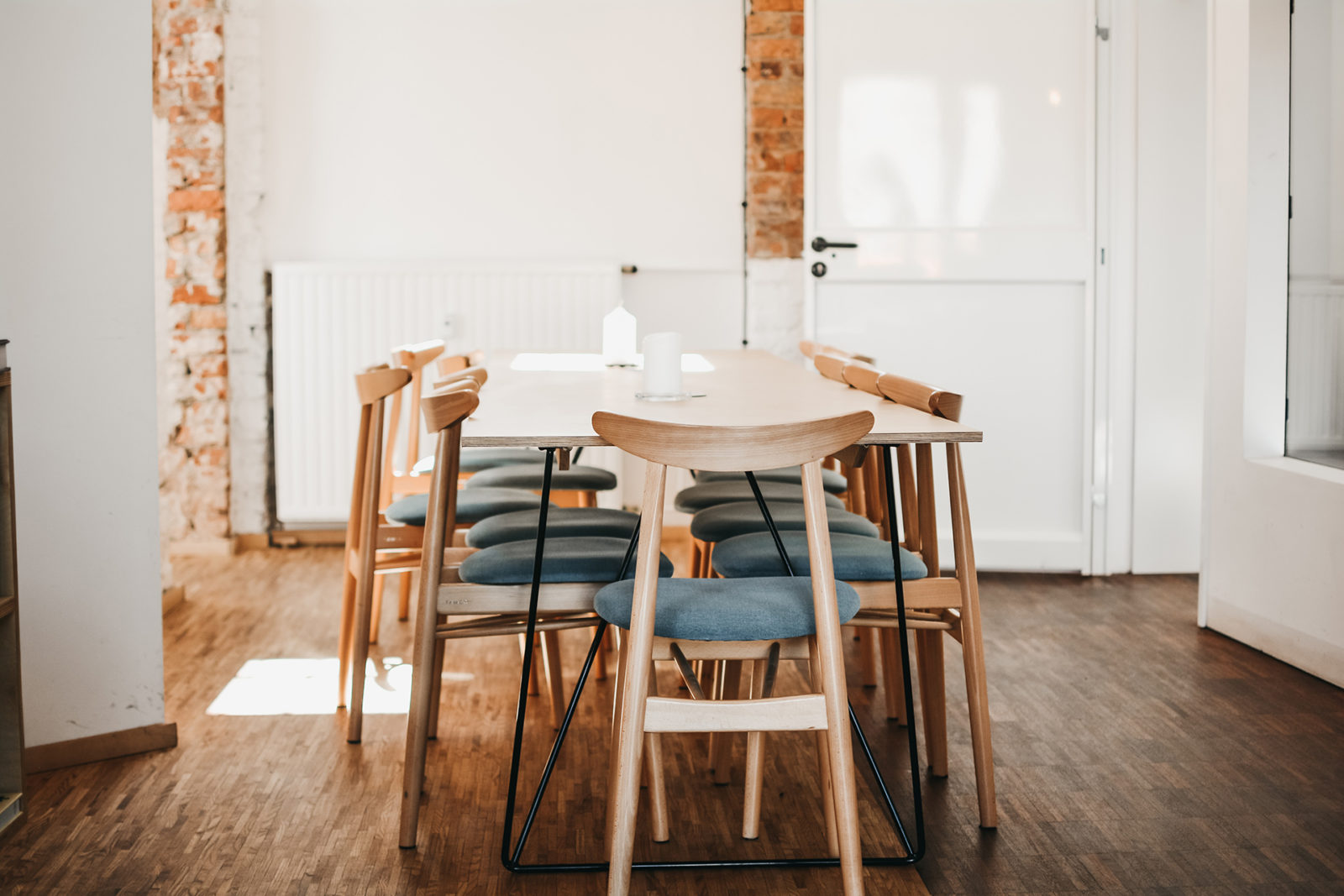Hey, haven’t you heard the news? Carpets are just so yesteryear. In their place, the good, wood stuff, from vinyl to real oak flooring. Its surge in popularity comes as no surprise, since wooden flooring can blend seamlessly into a whole range of home design styles.
Indeed, it can create a contemporary backdrop to a modern build, as well as complementing a period home’s history and character, and if it’s a country farmhouse look you’re going for, then you needn’t look any further.
That said, a little due diligence is essential prior to purchase to ensure you get the most bang for your buck. With that in mind, here are 5 IDEAL considerations when choosing wooden flooring for your home.
CONSIDER THE COLOUR
Let’s be frank; the colour of your wooden floor needs to work on a practical and aesthetic level, as such, careful consideration is key. Whitewashed flooring and pale colours can lighten up a space and work for low traffic areas. However, they need frequent cleaning as every bit of dirt shows up, as does wear and tear over time. Moreover, if a room has lots of windows and natural light, you may need to don sunglasses to enter the room from the glare of a lighter finish.
On the other end of the spectrum, dark wooden flooring can create a more intimate feel to a room and, as a backdrop, can be used to show off both light and bright furniture. Warm, honey-toned wood floors are a less dramatic choice than both pale and dark flooring, and this traditional choice is safer if your furniture tastes change in the future or if you want to sell your home. Decisions, decisions.

AFFORDABLE MATERIAL OPTIONS
You can’t think about colour without thinking about material type; the two must be kept close in conversation at all times. That said, the wood flooring type shouldn’t be confused with the wood species or variety which determines the grain, colour and pattern. There are five main types of flooring type, vinyl, laminate, parquet, solid and engineered hardwood flooring.
On the cheaper end of the spectrum, vinyl and laminate (synthetic, man-made materials) are both low maintenance, easy to install and highly durable. The cost of laminate flooring is less expensive when compared to other floorings, yet it is durable and reduces noises from footsteps, provides some insulation, and is more fashionable than ever!
Paquet, where wooden pieces are arranged in a mosaic-like pattern, looks great and you can customise the floors to your liking. But, it doesn’t come too cheap.

A WORTHWHILE INVESTMENT
On the more expensive side of things is solid wood flooring. This type of flooring is essentially solid wooden planks that come in a variety of species with different colours, grains and hardness – think oak, ash, beech, bamboo and walnut. The rarer species of wood, like walnut, are more expensive whereas oak, which is native to Britain, is on the more reasonable end of the scale. Real oak flooring is a popular choice because it’s known for its character and has a very traditional, timeless look which works with many decor styles, from classic to modern abodes.
NOT JUST FOR FLOOR
Yes, wooden flooring isn’t just for under your feet; you can use it to create part of a wall and even place it on the ceiling. Think outside the box here guys! Very on-trend, wallpaper and paint tins have stepped aside for wooden floor feature walls and feature ceilings too. Deploying wooden ‘flooring’ vertically or above can transform a room into a cosy, inviting and ultimately, totally unique space. If you are considering a wooden flooring feature wall, just make sure it can support the weight of the planks, or you’ll have a real mess on your hands. Splinter city, indeed.

FINISH WITH A BANG
And back down to earth. It’s also essential prior to starting the process of perusing, purchasing and placing your wooden flooring to imagine the very end of the process and the finish you’d like your new foot candy to have. In general, there are four finishes available to you; oiled, brushed, lacquered and unfinished.
An oiled finish is semi rough in appearance and feel, a little rustic even, but one which also looks natural and hides damage well. Brushed is essentially oiled with extras, and looks a little more textured than oiled. These are easy to clean. Lacquered are easier still to keep looking pristine, since it’s smooth and brushing, wiping and mopping is a doddle. The downside is that this finish has a slightly more clinical appearance. All in all, it’s wise to assess the foot traffic and other wear and tear the floor will experience, as well as the overall appearance of the room, prior to deciding on the finish.




